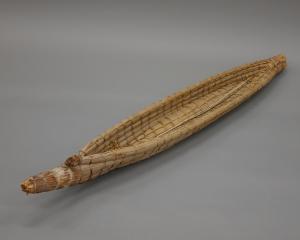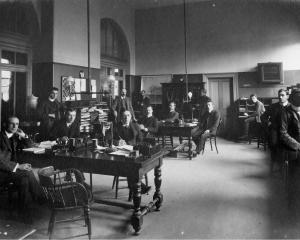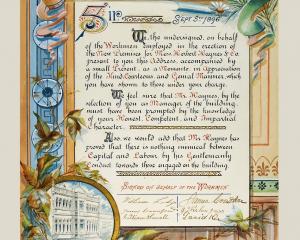
Our possessions embody our memories, and nostalgia is an important motivator in clinging on to material things. Personal memory impels us, these objects remind us of our hopes and dreams, or times of love and loss.
What we see as valuable is unique to us, and no two people are the same. What one might treasure, the other might discard. These objects have the power to collapse time and space. This is the unique and fundamental power of a museum, to provide us with moments that connect the past and present, tupuna (ancestors) and descendants.
But sometimes our sentimentality can hold us back; hanging on to these items becomes a weight on our shoulders. We can hold on to our memories without our possessions, but how do we let the past go to be more content in the present?
The Museum of Broken Relationships answered this question when co-founders Olinka Vištica and Dražen Grubišić were searching for a way to part with the possessions they had acquired together as a couple. They conceptualised a crowd-sourced museum where these physical manifestations of heartbreak come to live in temporary exhibitions toured around the world.
The objects in the exhibition appear unremarkable and disconnected on first glance — a jar of liquefaction, a block of chocolate, half of a pistachio shell, a mix CD, a set of keys, a glass banana, a pile of buttons. But they are bound together by the common emotional investment of each of the donors, the relics of failed relationships.
Reading the stories of each object, one gets a sense of how incredibly cathartic the experience was of gifting it to the museum. By releasing these mementos, the individuals were able to liberate themselves into their next life, no longer haunting their current one.
Museums are full of the everyday. When we handle them carefully with gloves and display them behind glass, we can sometimes forget they had a past life, the time before their trajectory changed and they found themselves in a museum collection. It’s when we can unlock their past narrative that they become most powerful.
Jamie Metzger is assistant curator Maori at Otago Museum.
Comments
Another Lot:
scratched recording of Dylan singing 'What's a sweetheart like you doing in a place like this?'
Sheet music Richard Rodgers' 'A Blue Room'.
Westminster chiming clock.
Cup. A present from Brighton.
Large poster of Lenin.
Wistful poster of Geraldine Chaplin in 'Dr Zhivago'.
Gold in vial, panned from New River.
Reminder of the perils of foreign comics: "Tintin" in Flemish.
Used tickets to U2, 1989.












